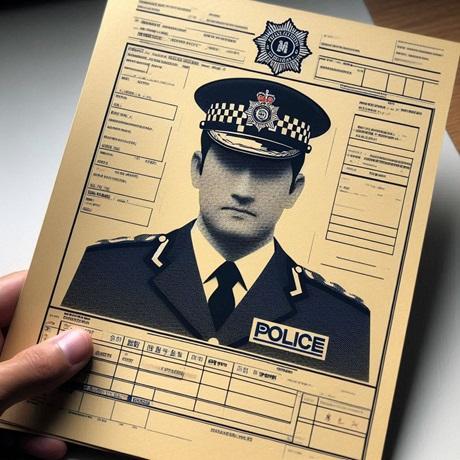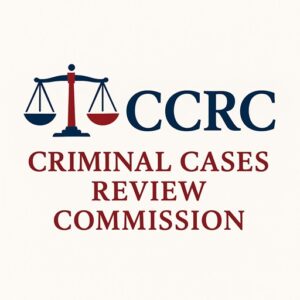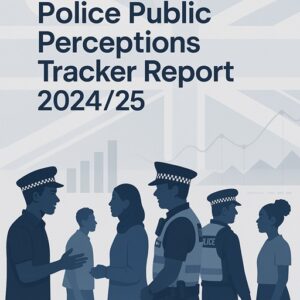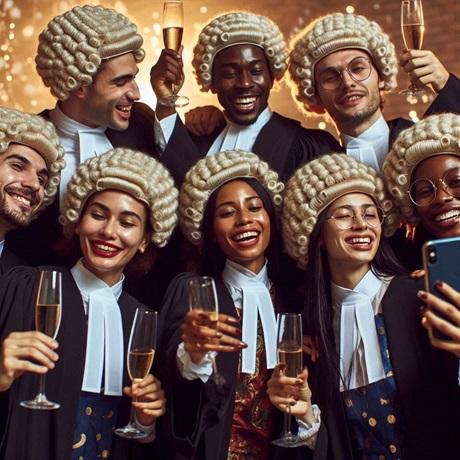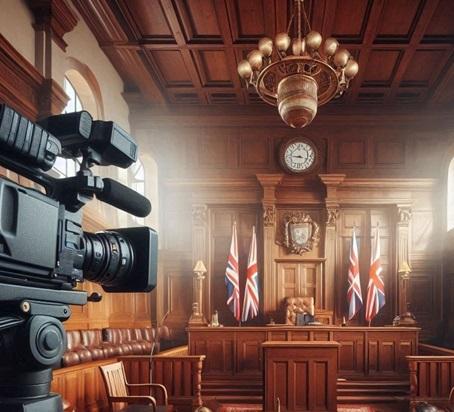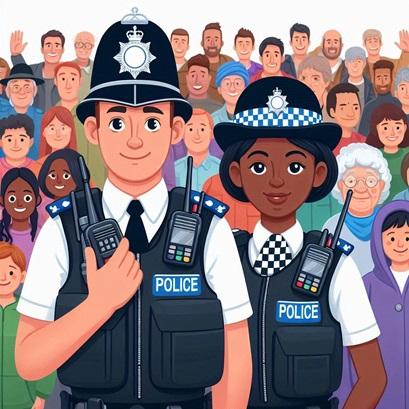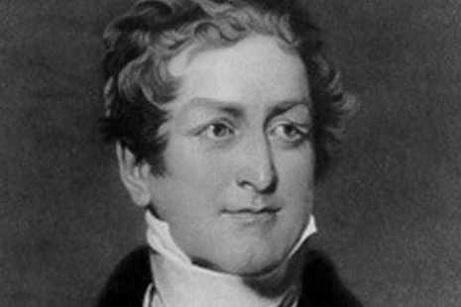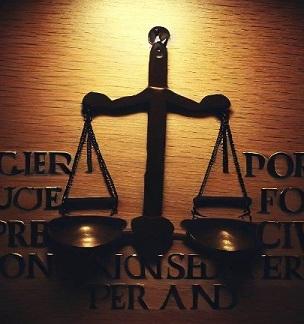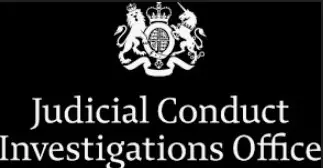His Majesty’s Inspectorate of Constabulary and Fire & Rescue Services (HMICFRS) carried out a PEEL inspection of the Metropolitan Police Service. PEEL stands for police efficiency, effectiveness and legitimacy.
HMICFRS graded the Metropolitan Police’s performance across eight areas of policing. It found the force was adequate in one area, requires improvement in five areas and inadequate in two areas. The Met Police were not graded Outstanding or Good in any areas.
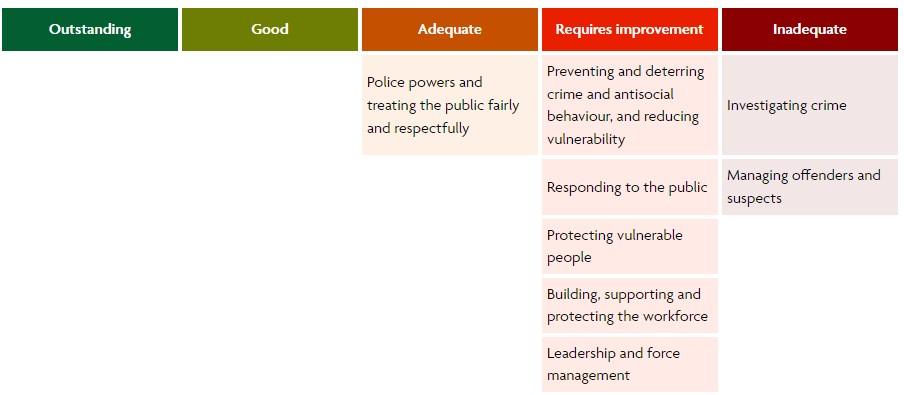
“The unique challenges facing the Metropolitan Police are not underestimated. Policing the capital city places additional strain on the force and its leadership, as the force tirelessly manages protests, state visits and royal occasions, and national and international sporting events.
“In parallel, the force is in the midst of an organisational-wide transformation, which is significant in both its size and scale. While it was evident in my inspection that many key changes have and are being made, they are not yet translating into consistent and sustained improvements in some key areas.
“While I commend the force for the progress it has made in answering the public’s calls quickly, I have serious concerns about how the force is currently investigating crime and how it manages offenders and suspects.
“I am aware that before our inspection, the force had already recognised the need to achieve better outcomes for victims. However, these plans have not yet led to consistent improvements across the whole force, and more work needs to be done to make sure that this happens.
“We will continue to monitor the Metropolitan Police under our Engage process, and I look forward to seeing the further progress made.”
His Majesty’s Inspector of Constabulary Lee Freeman
Since the last HMICFRS inspection in 2022 until the 23rd January 2025, the Metropolitan Police Service was in the HMICFRS enhanced monitoring process, Engage. This gave it greater access to assistance from us, the College of Policing, the Home Office and other law enforcement agencies to make the required improvements. During this period, the force has appointed a new commissioner and deputy commissioner, and published a strategic plan called ‘A New Met for London’, which is aimed at transforming the force.
I have serious concerns about how the force is currently investigating crime and managing offenders and suspects.
I also have concerns about how the force is preventing and reducing crime and providing victims with an effective service.
His Majesty’s Inspector of Constabulary Lee Freeman
On the 23rd January 2025 HMCIFRS published Metropolitan police service removed from enhanced monitoring – “The Metropolitan Police Service has made improvements and has therefore been removed from an enhanced level of monitoring by the police inspectorate.”
Check out our related articles on Sussex Police, Chief Constable Jo Shiner Sussex Police, Policing by Consent, Two Tier Policing, Rule of Law, Open Justice, Innocent until Proven Guilty, R v Sussex Justices, What is a Police and Crime Commissioner and a Police and Crime Panel ? and the highly questionable Sussex Family Justice Board.
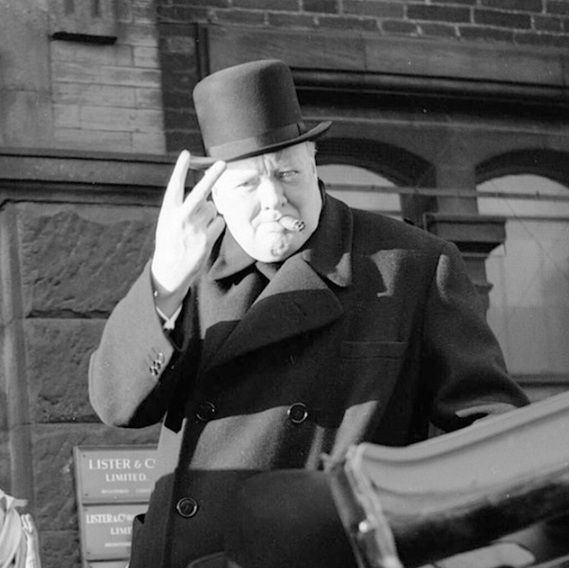
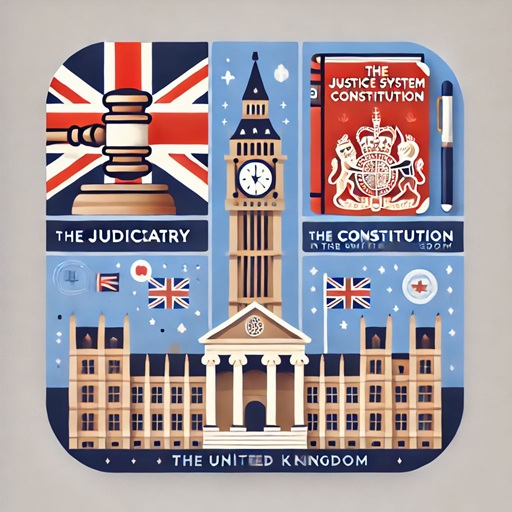
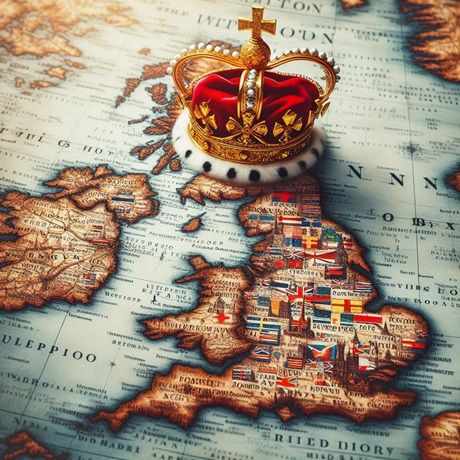

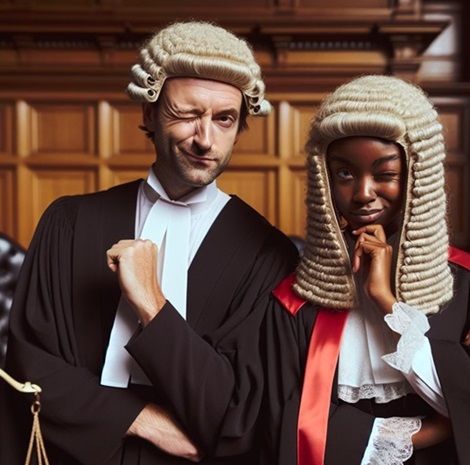
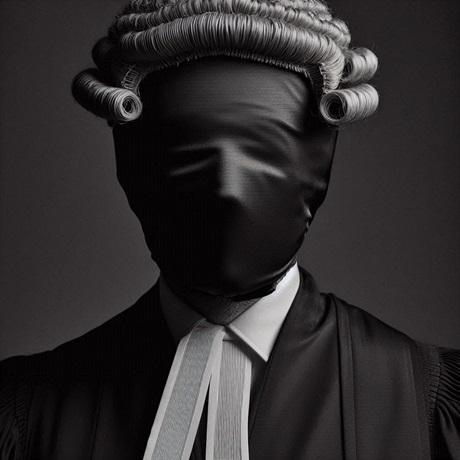
The Ministry of Injustice is not the Ministry of Justice nor is it affiliated in any way with the justice system, legal profession or any law enforcement agencies.
Most Popular ↓

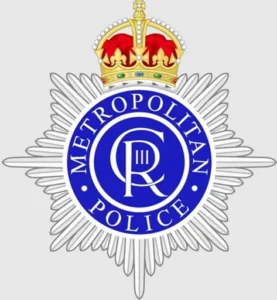
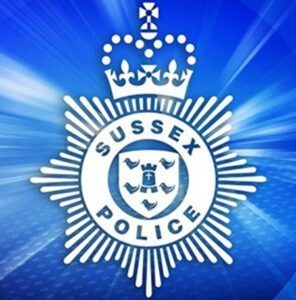

What is Policing by Consent ? What is Two Tier Policing ?
Latest Articles ↓
- What is the Forensic Science Regulator ?Forensic science is a cornerstone of modern criminal justice, providing critical evidence that can make or break a case. However, the reliability and accuracy of… Read more: What is the Forensic Science Regulator ?
- What is the Criminal Cases Review Commission ?The Criminal Cases Review Commission (CCRC) stands as a vital institution within the criminal justice system, dedicated to investigating potential miscarriages of justice. Established in… Read more: What is the Criminal Cases Review Commission ?
- Did Bobby Vylan and the BBC break the law at Glastonbury 2025 ?The performance by Bob Vylan at Glastonbury 2025, where frontman Bobby Vylan (reportedly Pascal Robinson-Foster) led chants of “death, death to the IDF” and “from… Read more: Did Bobby Vylan and the BBC break the law at Glastonbury 2025 ?
- Police Public Confidence and EngagementThe Independent Office for Police Conduct (IOPC) undertake regular surveys to assess the public’s perceptions of the police, as well as their confidence in the… Read more: Police Public Confidence and Engagement
All Articles can be found in the Legal Blog or Sitemap.
You should always seek formal legal advice from a qualified and reputable lawyer (solicitor or barrister).
‘Justice delayed is justice denied’
William Ewart Gladstone
There are a number of links to Free and Paid For Legal Resources and Legal Organisations on the Free Legal Advice , Legal Aid and Pro Bono pages.
